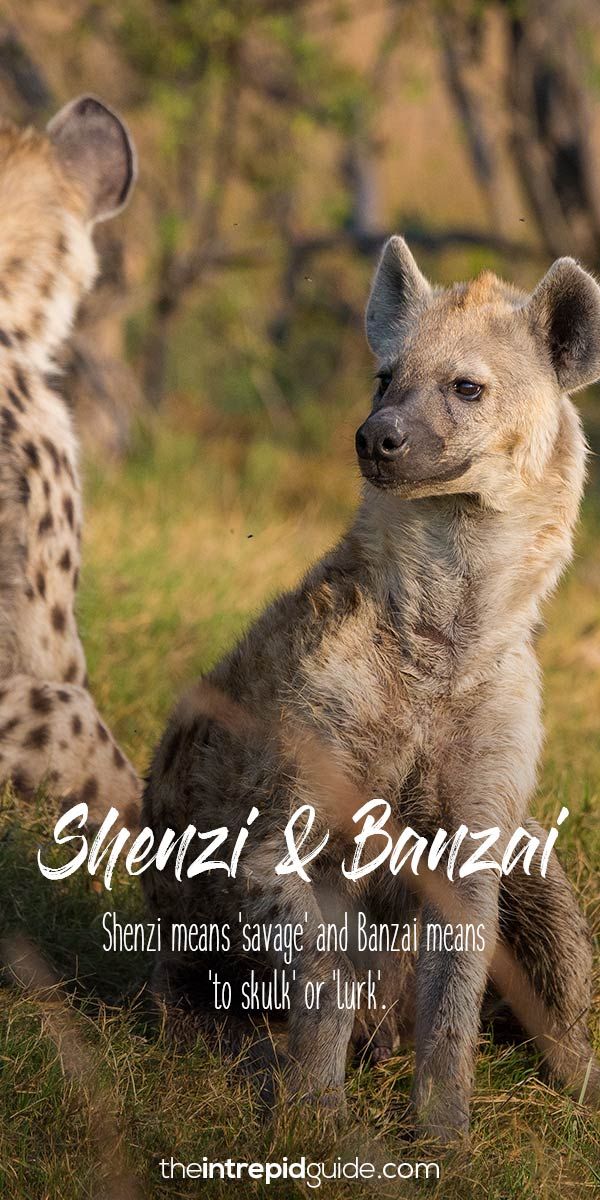What makes Ed, the hyena from Disney's The Lion King, such an intriguing character? Despite his seemingly unintelligent demeanor and odd behavior, Ed plays a crucial role in the dynamics of the hyena trio. A bold statement to consider is that Ed's apparent madness might actually be a clever guise masking deeper insights into the hyena condition, making him far more significant than he initially appears.
Ed’s role within the hyena clan is often overshadowed by his two companions, Shenzi and Banzai. In both the original animated film and its 2019 live-action remake, Ed stands out as the eccentric member of the group. While Shenzi provides leadership and Banzai offers fiery energy, Ed contributes through his unpredictable antics and eerie laughter. His actions frequently serve comedic purposes, but they also highlight the chaotic nature of the hyenas' alliance with Scar. Interestingly, despite these differences, Ed remains loyal to the group, reinforcing the idea that there may be more depth to his character than meets the eye.
| Bio Data & Personal Information | Details |
|---|---|
| Name | Ed |
| Species | Hyena |
| Role in The Lion King Franchise | Member of Scar's hyena trio; comic relief |
| Voice Actor (Original Film) | Jim Cummings |
| Voice Actor (2019 Remake) | Eric André |
| Significant Traits | Eccentric behavior, unsettling laughter, loyalty to the group |
| Professional/Career Information | Part of the hyena clan residing in the Elephant Graveyard and later the Pride Lands under Scar's rule |
| Reference Website | The Lion King Wiki - Ed |
The evolution of Ed's portrayal across different adaptations of The Lion King reveals subtle shifts in his characterization. In the original 1994 film, Ed was primarily used for slapstick humor, with exaggerated expressions and physical comedy adding layers to his absurdity. However, in the 2019 remake, Eric André brought a fresh perspective to the character, infusing Ed with a darker edge while maintaining his whimsical charm. This adaptation emphasized Ed's erratic tendencies, suggesting that his madness could stem from deeper psychological complexities rather than mere idiocy.
Names carry symbolic meanings, and Ed's moniker fits perfectly with his enigmatic persona. Unlike Shenzi, which translates to savage, or Banzai, meaning skulk, Ed's name lacks direct translation but resonates as a simple yet memorable identifier. It aligns with his straightforward presence among the trio—basic yet impactful. Moreover, the choice of naming conventions for the hyenas reflects their roles in the story: Shenzi leads, Banzai acts impulsively, and Ed fills the void with chaos and unpredictability.
Disney has consistently explained why Scar chose specific hyenas to form his inner circle. Among countless others, Shenzi, Banzai, and Ed stood out due to their distinct traits. While Shenzi provided intelligence and strategy, and Banzai supplied aggression and drive, Ed represented the wild card element essential for any villainous scheme. His instability made him dangerous yet reliable because no one could anticipate what he might do next. This combination ensured that Scar had a diverse set of tools at his disposal when manipulating events in the Pride Lands.
Throughout various iterations of The Lion King franchise, including spin-offs like The Lion Guard, hyenas have been depicted as opportunistic scavengers who thrive on disorder. Their interactions with other species underscore themes of cooperation versus conflict. For instance, Kion encounters a female hyena named Jasiri in The Lion Guard, showcasing how not all members of this species are inherently malevolent. Such portrayals add nuance to the broader depiction of hyenas, challenging stereotypes established by characters like Shenzi, Banzai, and Ed.
In terms of practical implications, understanding Ed's significance extends beyond mere entertainment value. He serves as a reminder that even seemingly minor characters can hold profound importance within a narrative framework. By examining his contributions, audiences gain insight into how writers craft multidimensional stories where every piece matters. Furthermore, analyzing Ed's development over time highlights advancements in animation techniques and storytelling methodologies employed by Disney.
Ultimately, Ed embodies contradictions central to The Lion King's thematic exploration of power, loyalty, and identity. His blend of innocence and menace creates tension that enhances the overall impact of key scenes involving the hyena trio. Whether through manic laughter or silent observation, Ed leaves lasting impressions that resonate long after the credits roll. As such, he deserves recognition as more than just a sidekick—he is an integral component of one of cinema's most beloved tales.
From the desolate plains of the Outlands to the majestic expanse of Pride Rock, the world of The Lion King brims with rich symbolism and layered narratives. Hyenas, particularly those associated with Scar, symbolize corruption and decay encroaching upon natural harmony. Yet, amidst this darkness, moments of levity emerge thanks to characters like Ed, whose peculiarities inject humanity into otherwise grim proceedings. Thus, appreciating Ed requires looking past surface-level interpretations toward underlying truths embedded within his performance.



